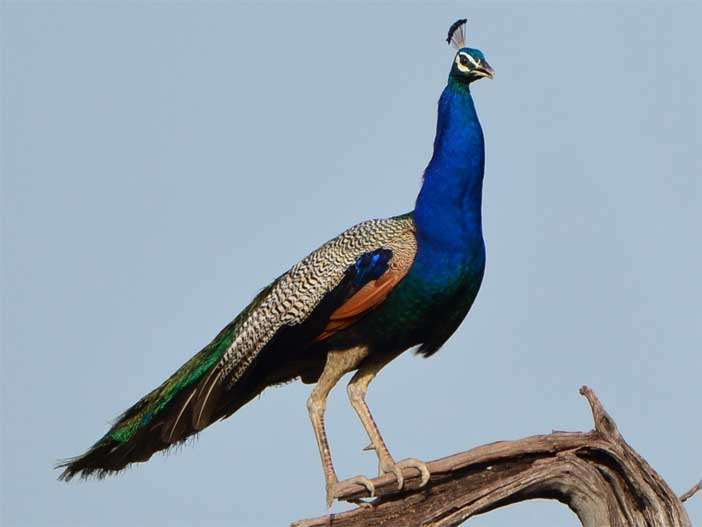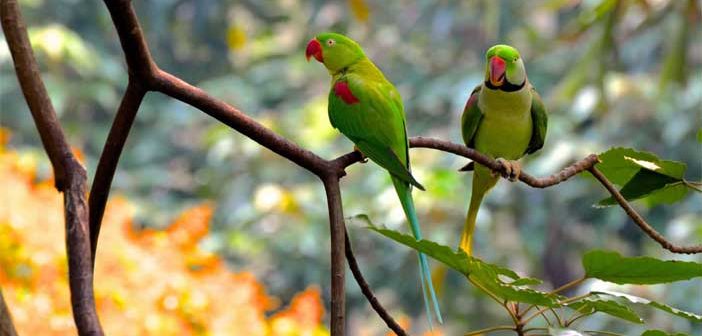In a vibrant celebration of India’s avian treasures, National Birds Day takes flight annually, uniting nature enthusiasts, conservationists, and citizens alike in an ode to the diverse feathered wonders that call the subcontinent home. Central to this celebration is the national bird of India, the majestic Indian Peafowl, or more commonly known as the Peacock (Pavocristatus).
The significance of National Birds Day, observed on January 5th, lies not only in showcasing the beauty of India’s avifauna but also in fostering awareness about the importance of bird conservation and habitat preservation. The Indian Peafowl, with its resplendent plumage and distinctive appearance, symbolizes the rich biodiversity of India and serves as an ambassador for the nation’s commitment to protecting its natural heritage.

The Indian Peafowl was officially designated as the national bird of India in 1963 due to its cultural and ecological significance. Revered in Hindu mythology and folklore, the Peacock is associated with various deities and is a symbol of grace and beauty. Its striking appearance has made it a muse for artists, poets, and writers throughout history.
However, beyond its cultural prominence, the Peacock plays a crucial role in maintaining ecological balance. As an omnivorous bird, it helps control insect populations, including pests harmful to crops. Its presence in various ecosystems contributes to the health and diversity of flora and fauna, making it an integral part of India’s natural landscape.
National Birds Day serves as a platform to highlight ongoing conservation efforts aimed at safeguarding not only the Indian Peafowl but also the broader avian diversity across the country. Habitat loss, poaching, and climate change pose significant threats to bird species, necessitating collective action to ensure their survival.
Government initiatives, NGOs, and local communities are actively engaged in projects that focus on habitat restoration, captive breeding programs, and awareness campaigns to address the challenges faced by India’s avian population. Efforts are being made to strike a balance between human development and the conservation of critical bird habitats, emphasizing sustainable practices that benefit both people and wildlife.
Particular attention is given to the protection of migratory birds, as India serves as a crucial stopover and wintering ground for numerous species. Wetlands, sanctuaries, and national parks are vital havens for these migratory birds, and conservation efforts are directed towards preserving these areas as safe havens for avian visitors.
National Birds Day celebrations often include birdwatching events, educational programs, and community-led initiatives to raise awareness about the importance of bird conservation. Schools, colleges, and nature clubs actively participate in organizing activities that highlight the role of birds in maintaining ecological balance and the need for their protection.
Also Read : Breaking the Silence: The High Cost of Mental Health Taboos in India
As we celebrate National Birds Day in India, it is a moment to reflect on the intrinsic value of our feathered friends and recognize our responsibility in preserving their habitats. The Indian Peafowl, with its flamboyant display and cultural significance, serves as a reminder of the delicate interdependence between humans and nature.
In conclusion, National Birds Day in India is not merely a day of festivities but a call to action for bird lovers and conservationists. It serves as a reminder that the vibrancy of India’s avian biodiversity is a testament to the country’s natural wealth and the need for concerted efforts to ensure a harmonious coexistence between humans and birds. As we revel in the beauty of the Indian Peafowl, let us also pledge to be stewards of our environment, safeguarding the skies for generations of birds to come.
Ends.





